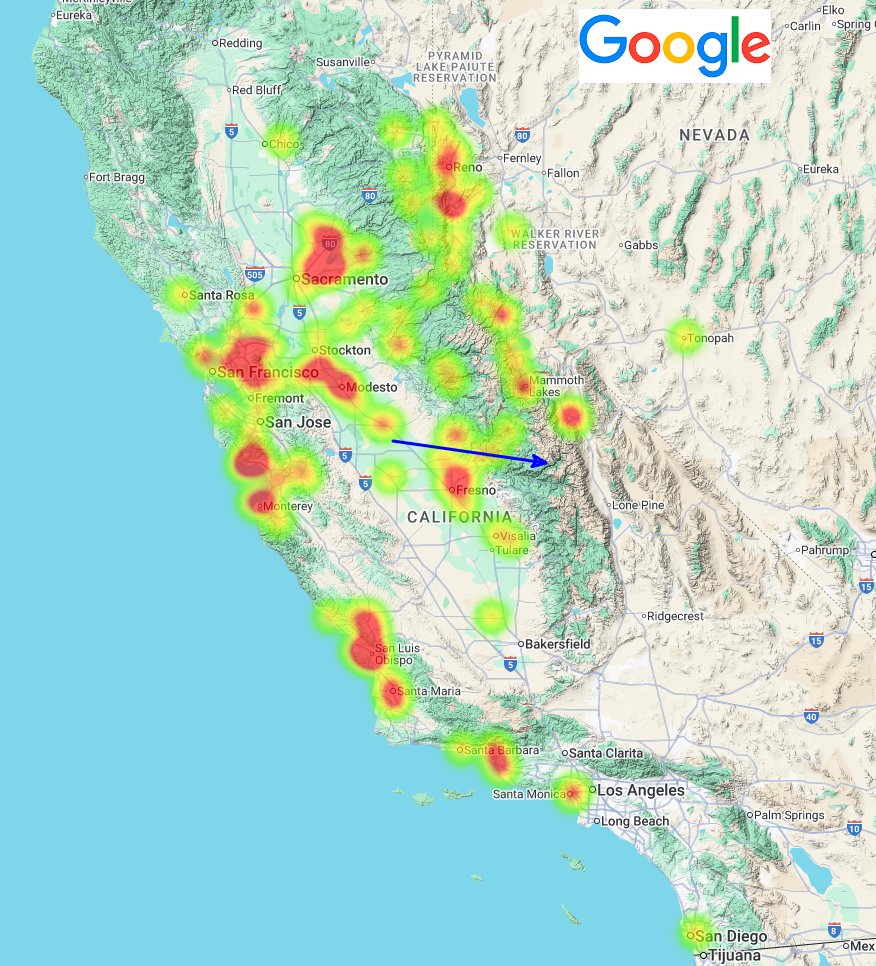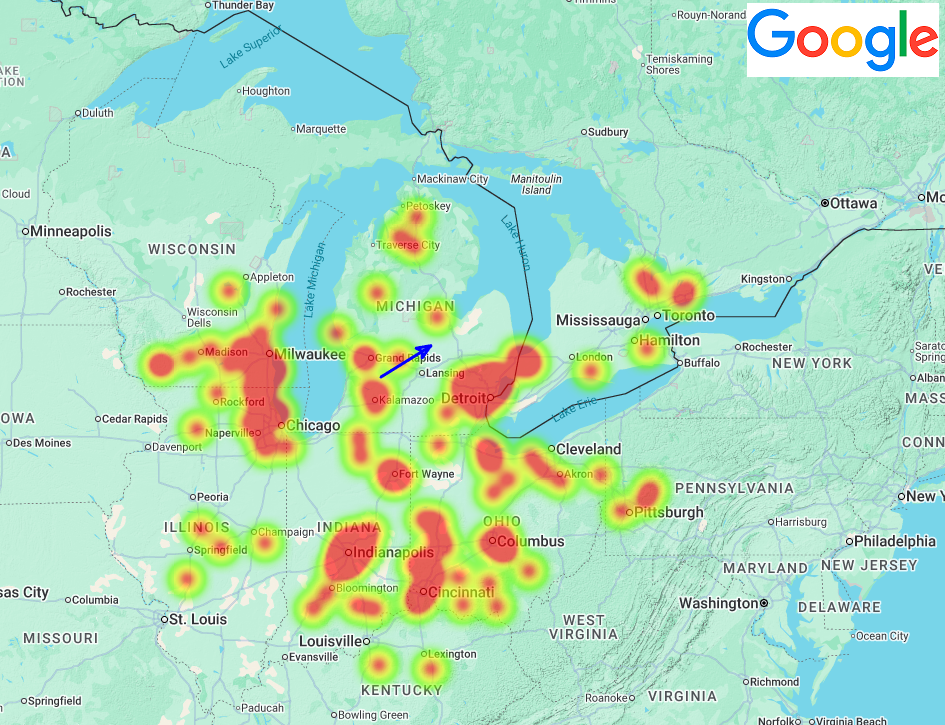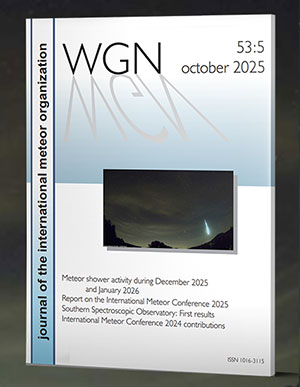Unlike the nights surrounding the Perseids peak (August 12 and 13), the sky was truly dark on the evening of August 19, 2025 — five days before the New Moon. But at 11:08:47 p.m. JST* (or 2:08:47 p.m. UTC**), people in southern Japan suddenly saw the sky become almost as bright as daylight!
A fireball brighter than the Full Moon
The cause of this flash? The atmospheric entry, off the coast of Kyushu Island, in the southern part of the Japanese archipelago (lat. = 30.9°N; lon. = 131.8°E), of a small asteroid. According to calculations by the SonotaCo Network in Japan, the object, originating from the main asteroid belt, entered Earth’s atmosphere at an angle of 58° from the horizontal, traveling at around 21 km/s (about 75,000 km/h).
If you witnessed on of these events and/or if you have a video or a photo of it, please
Submit an Official Fireball Report
If you want to learn more about Fireballs: read our Fireball FAQ.

The associated meteor, glowing with a brilliant bluish light, lasted for over 5 seconds and reached brightness levels exceeding that of the Full Moon, impressively illuminating the sky and the landscape for observers — as confirmed by eyewitness accounts and numerous videos of the event (see figure). Rumbling sounds were also heard by some visual witnesses after the meteor appearance.
One of the most energetic event of the year
And with good reason! According to NASA’s Center for Near Earth Object Studies (CNEOS), the total impact energy of the small object was 1.6 kilotons of TNT equivalent, making it the third most energetic event of the year — behind the fireballs of March 13 (1.8 kt, over the Indian Ocean) and March 27 (2.4 kt, off the Mexican coast) — and the only one directly observed, as the other two occurred over sparsely or uninhabited regions.
Based on these figures, the asteroid is estimated to have weighed just under 20 tons before entering the atmosphere, and would have measured about 2.2 meters in diameter if it was of chondritic nature, or about 1.6 meters if it was metallic.
The Japanese fireball is far below the scale of the Chelyabinsk event (February 15, 2013), whose estimated energy was 441 kt of TNT equivalent, but only 3 to 4 such energetic events occur each year — making this one quite exceptional for 2025.
And while meteorites likely survived the atmospheric entry of this summer asteroid, they sadly now lie at the bottom of the Pacific Ocean…
Other fireballs over US and Australia
On the other side of the planet, some other bright fireballs were sighted and reportes by hudreds of people. Out of them, two occured over each sides of the United States of America: the first one occured on August 21st evening, at 20:12 PDT*** (equalling 03h 12 UTC, event #5193-2025, Figure 2) over the US Western coast and was mainly observed from California (USA). The second one was observed 4 days later, at the end of August 24-25 night, at 05h 41min EDT**** (equalling 09h 41min UTC, event #5307-2025, Figure 3 and video) , and was widely observed from Michigan, Indiana, Illinois, Wisconsin, Pennsylvania, Kentucky (USA) and Ontario (Canada).


Another very bright fireball was also spotted on August 31, around 18h 29 AWST***** (10h 28min UTC), while the sky was quite clear (event #5480-2025), from extreme South-Western Australia. Bright, but few witnesses, so if you observed it, please report it!
If you witnessed on of these events and/or if you have a video or a photo of it, please
Submit an Official Fireball Report
If you want to learn more about Fireballs: read our Fireball FAQ.
*Japan Standard Time
**Coordinated Universal Time
***Pacific Daylight Time
****Eastern Daylight Time
*****Australian Western Standard Time




 You saw something bright and fast? Like a huge shooting star? Report it: it may be a fireball.
You saw something bright and fast? Like a huge shooting star? Report it: it may be a fireball.  You counted meteors last night? Share your results with us!
You counted meteors last night? Share your results with us!  You took a photo of a meteor or fireball? You have a screenshot of your cam? Share it with us!
You took a photo of a meteor or fireball? You have a screenshot of your cam? Share it with us!  You caught a meteor or fireball on video? Share your video with us!
You caught a meteor or fireball on video? Share your video with us!